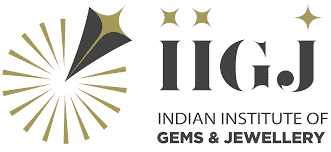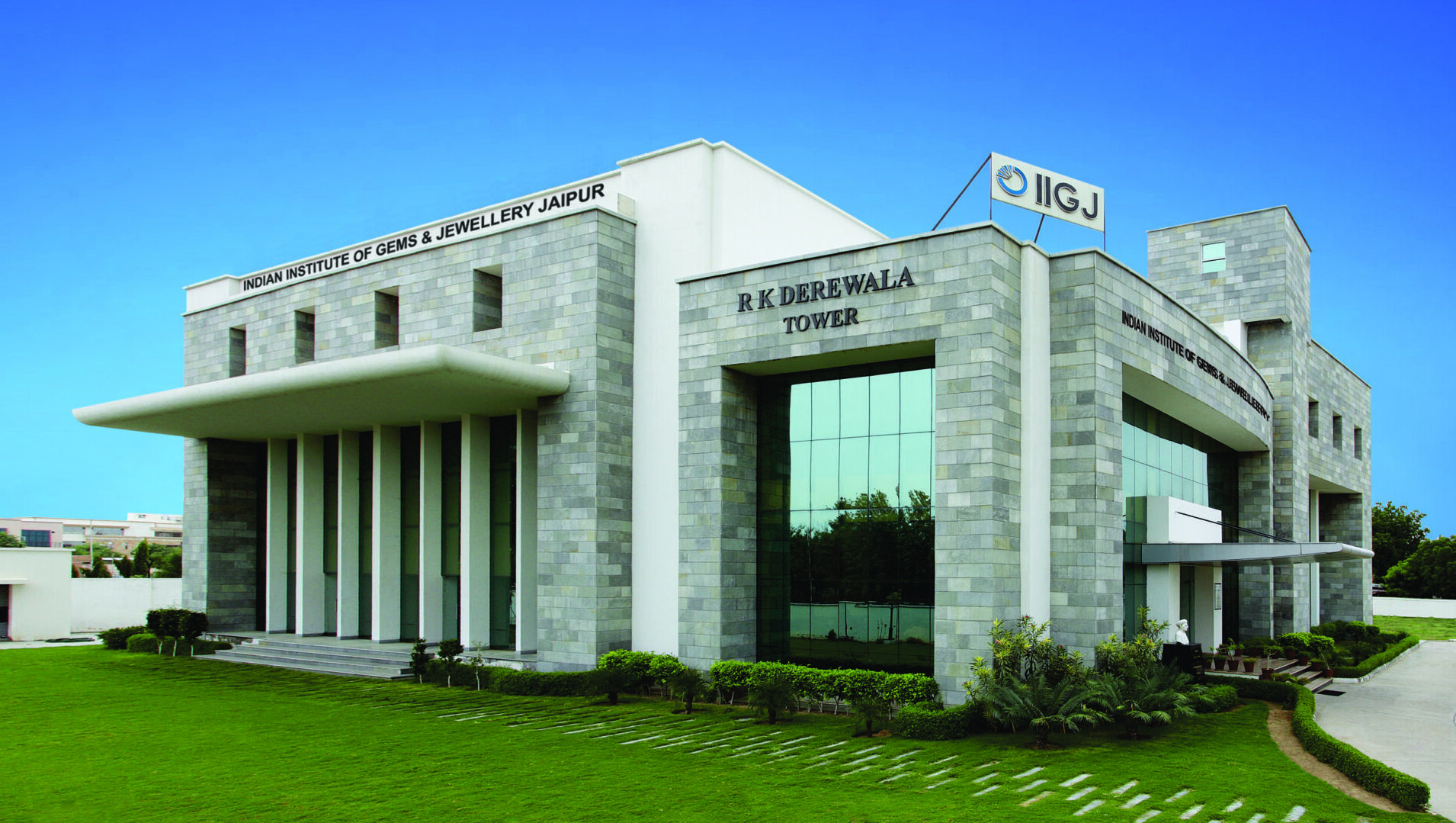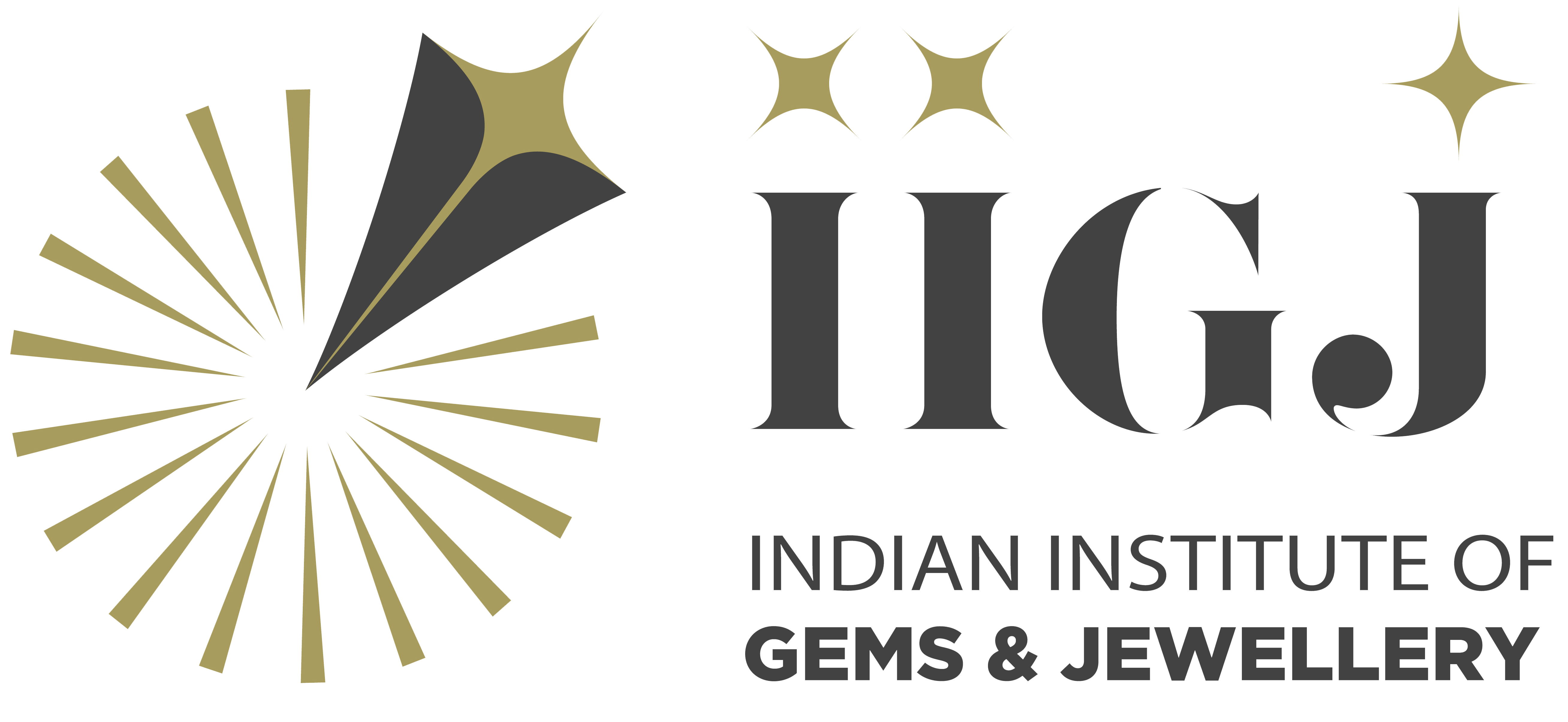
In the intricate world of gemstones, ensuring authenticity and understanding the true value of a gem is paramount. Whether you’re a jeweller, collector, or enthusiast, gemstone certifications serve as a vital tool in verifying the quality and characteristics of these precious stones. This guide delves into the significance of gemstone certifications and provides insights on how to interpret them effectively.
What Is a Gemstone Certification?
A gemstone certification, often referred to as a gemmological report, is an official document issued by a recognized gemmological laboratory. It provides a detailed analysis of a gemstone’s attributes, including its type, weight, clarity, cut, and any treatments it may have undergone. This certification acts as a gemstone’s “passport,” offering assurance about its authenticity and quality.
How to Read a Gemstone Certification
Each certificate contains vital information such as:
- Gemstone type
- Carat weight
- Cut and shape
- Origin and treatments (if any)
- Advanced Testing machinery reports.
Inclusive of tests like, RI, SG, Magnification, UV, Absorption spectrum, IR Spectrum, EDXRF, LRS, UV-VIS-NIR, LA-ICPMS, X-Radiography, UV Imaging
Now comes the question: How to Interpret a Gemstone Certificate? We should know understanding a gemstone certificate involves familiarizing oneself with the various components detailed within:
1. Identification
This section specifies the type of gemstone (e.g., ruby, sapphire), its variety, and whether it’s natural or synthetic.
2. Measurements and Weight
Provides the gemstone’s dimensions (length, width, depth) and weight in carats, essential for determining size and value.
3. Cut Types
Assesses the quality of the gemstone’s cut, including its proportions, symmetry, and polish, which influence brilliance and overall appearance.
4. Treatment / Enhancement Information
Discloses any enhancements or treatments the gemstone has undergone, such as heating, irradiation, diffusion, Fracture filling, dyeing, coating, etc.
5. Origin Determination
Some certificates may indicate the geographic origin of the gemstone, which can impact its value and desirability.
6. Security Features
Authentic certificates often incorporate security measures like holograms, QR codes, or embossed seals to prevent forgery.
Where to get a reliable certification?
When it comes to gemstone certification in India, the IIGJ Research & Learning Centre (IIGJ RLC) stands at the forefront of scientific testing, gemstone analysis, and education.
Located in Jaipur and Delhi, IIGJ RLC is a premier institution under the banner of GJEPC. It offers:
- Advanced gemstone certification services
- State-of-the-art laboratory facilities
- Industry-recognised test reports
- Training programmes for gem identification and analysis
Whether you’re a professional jeweller or a student looking to build a career in gemmology, associating with a trusted certifying body like IIGJ RLC ensures credibility and industry alignment.









